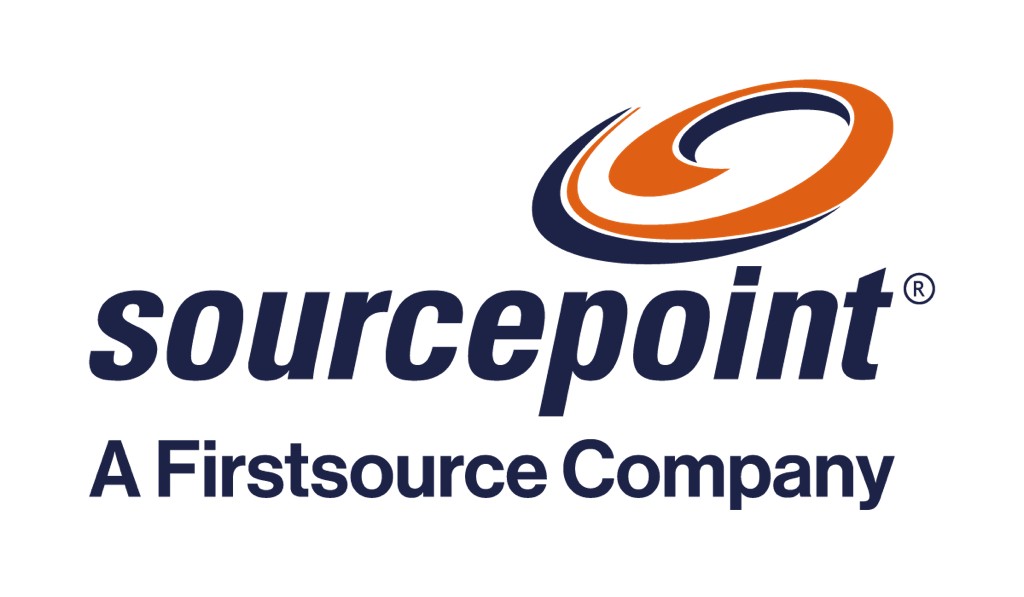Each spring, as the new financial year begins, building societies brace for the annual ISA rush - a familiar yet formidable operational challenge.
Customers rush to reinvest their matured Individual Savings Accounts (ISAs) or open new ones before the deadline, flooding contact centres and back-office teams with requests.
While this period brings opportunity in the way of new deposits, deeper member engagement, and visibility, it also tests every aspect of a building society’s operational strength.
The ISA surge is predictable in timing but unpredictable in volume. A few weeks of intense activity can determine retention rates for the entire year.
Recent data tells the story. In April 2025 alone, £14 billion flowed into ISAs according to Bank of England statistics(1). Cash ISAs attracted £4.2 billion in March 2025 — up 31% year on year(2).
Understanding the ISA Surge
Two main forces drive the annual spike in demand: maturities and new money inflows.
First, there's the maturity wave. When ISAs mature, customers face a decision: withdraw their funds or reinvest.
For building societies, this is a critical retention moment. Savings teams are measured on how successfully they keep these funds within the organisation.
Customers seek clarity on rates and reassurance on options. A quick, seamless renewal process can mean the difference between retaining a loyal member and losing a deposit. All of this happens within a short window, creating a sudden spike in customer contact volumes.
Then comes the new money rush. Building societies launch competitive ISA products with attractive rates to capture fresh investments. Marketing campaigns go live, applications flood in, and back-office teams face a surge of calls, emails, and back-office tasks in a compressed window. Every delay risks damaging reputation, lowering NPS, and losing customers to competitors.
Both these pressure points converge at the same time, creating a perfect storm of operational demand.
Operational Impact on Building Societies
Ask any operations manager in a building society about ISA season, and you'll likely hear about the annual scramble for resources.
The challenge isn't a lack of planning. Most societies forecast demand based on historical patterns and market trends. But even with good forecasting, the sheer volume can overwhelm existing teams. Staff who normally handle steady workflows suddenly face backlogs that grow by the hour.
To cope, many redeploy staff from other departments or bring in temporary hires. While practical in the short term, these stop-gap measures come with costs:
- Efficiency dips: Temporary staff require training, slowing throughput and introducing variability in quality. This is exacerbated by high attrition rates.
- Customer frustration: Longer response times and inconsistent service erode satisfaction during a high-stakes period.
- Post-season backlog: Once the surge subsides, teams face the secondary burden of clearing errors and delayed processing.
Beyond manpower, process rigidity is another pain point. Manual tasks, such as data entry, reconciliation, or maturity notifications, magnify bottlenecks during busy weeks. And without accurate forecasting, even the most experienced teams struggle to match staffing levels to actual demand.
The result? Operational strain, higher costs, and missed opportunities to engage customers when they’re most receptive.
A Smarter Approach to Surge Management
The solution isn't working harder during ISA season. It's working differently, with the right partner alongside you.
For more than two decades, Firstsource has helped leading financial institutions in the UK manage complex, high-volume operations.
For building societies, our role is clear: to make the ISA surge smoother, faster, and more predictable without compromising compliance or customer care. Our approach combines four essential capabilities:
- Scalable resourcing for peak demand: We provide trained, rapidly deployable teams who integrate into your operations ahead of the ISA season. Whether its back-office processing, customer correspondence, or contact centre overflow, our flexible resourcing model scales up when demand peaks and winds down when it normalises, reducing cost inefficiencies and preventing staff burnout.
- Process optimisation and automation: Our automation and analytics experts work with your teams to identify repetitive manual steps. Automated maturity notifications, smart form validation, and digital document verification can drastically reduce turnaround times, freeing staff to focus on higher-value interactions with members.
- Forecasting and workflow intelligence: By combining data insights with domain experience, we improve forecasting accuracy and workforce planning. Predictive models anticipate daily and weekly call or application volumes, enabling better scheduling and smoother flow across teams.
- Quality and compliance built in: Our financial services operations are built on strong governance frameworks and FCA-aligned standards. This ensures every transaction and interaction remains compliant, critical during busy periods when error risk naturally rises.
The benefits extend beyond simply surviving the surge. Building societies working with Firstsource maintain higher retention rates because customers receive exceptional service, even during peak periods.
Turning the Surge into a Strategic Advantage
The ISA surge doesn't have to be a period of operational stress. With the right partner, it becomes an opportunity to strengthen customer relationships, demonstrate service excellence, and achieve your retention and growth targets without compromising on quality or compliance.
As building societies expand their role in the UK savings landscape, operational resilience will increasingly define their competitiveness. The ISA surge may come just once a year, but how societies handle it can shape perception all year round.
Ready to take a different approach to ISA season? Learn how Firstsource can help your building society transform operational pressure into competitive advantage. Let's talk about building a surge strategy that works.










